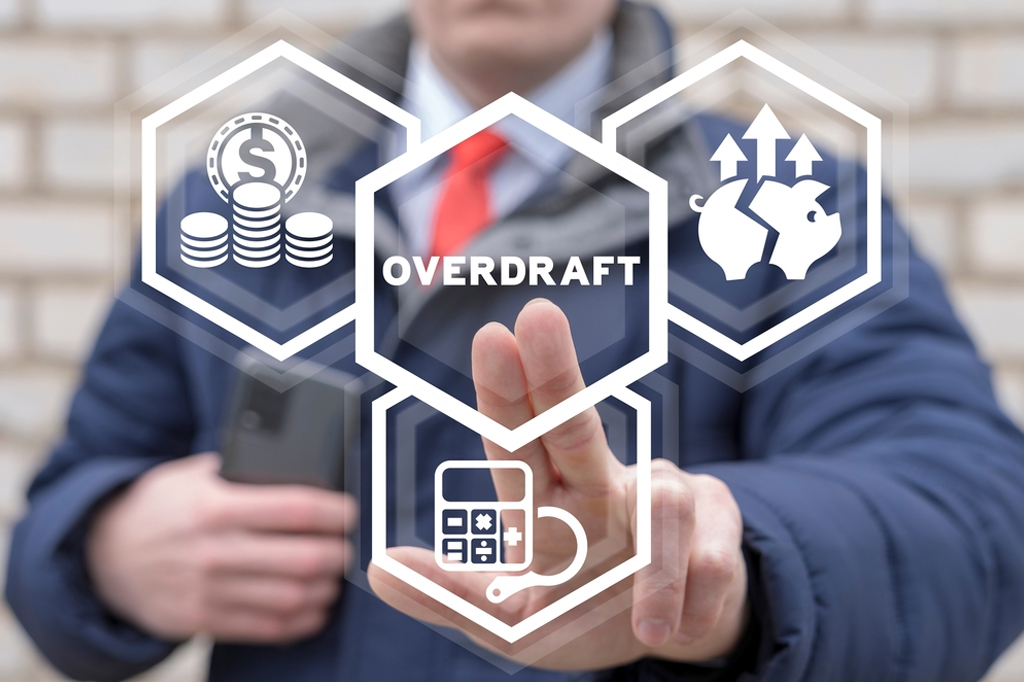- info@msmefinserv.com
- Chembur(E)- 400074
- (10.30am to 6.30pm) +91-7710096901

our services
Overdraft
An overdraft is a type of financing that is issued by financial institutions to individuals. It is attached to a bank account, usually a checking account. Overdraft is a form of financing that covers the difference between what a customer has and what they have available to pay for a transaction.
Overdraft protection is the process of granting credit to account holders when their balance falls below zero. Overdraft protection can take many forms and function differently depending on your banking relationship. Overdraft protection can link two accounts, which allows funds to be automatically drawn from a reserve account in case the primary account is drained below zero. This function is useful in avoiding overdraft fees and allowing you to execute transactions with insufficient funds.
our services
Types of Overdraft
Two types of overdrafts that are most commonly used are the standard overdraft on a check account and the secured overdraft account, which lends cash against different financial instruments.

our services
Overdraft against Property
Overdraft is type of funding in which the loan account is allowed to go in negative balance up to an already approved INR value when the said account reaches zero balance. This helps the applicant to honor his financial commitments even when the actual account balance is zero.
our services
There are two types of Overdrafts-
- Clean Overdraft—This type of loan facility is provided generally to business enterprises to scale through fluctuating cash flows in the business operations. This helps the businesses to fulfill their commitments in case of uncertainties and cash flow mismatches.
- Dropline Overdrafts—This type of loan facility has combined features of a term-loan and a clean Over-Draft and can be used for reducing interest rate outflows in some cases.

Overdraft
Overdraft Standard
An overdraft is when you withdraw more money from your account than your balance would allow.. This is in contrast to the much higher overdraft penalty. Customers generally pay a separate fee for every transaction that exceeds their account balance. However, different institutions might charge fees differently.
Secured
Secured Overdraft
Secured overdrafts are more similar to traditional loans. A secured overdraft is similar to a cash credit account. However, a financial institution can lend money, although a wider range or collateral can be used as security. Customers might be permitted to use stock shares or mutual funds.

